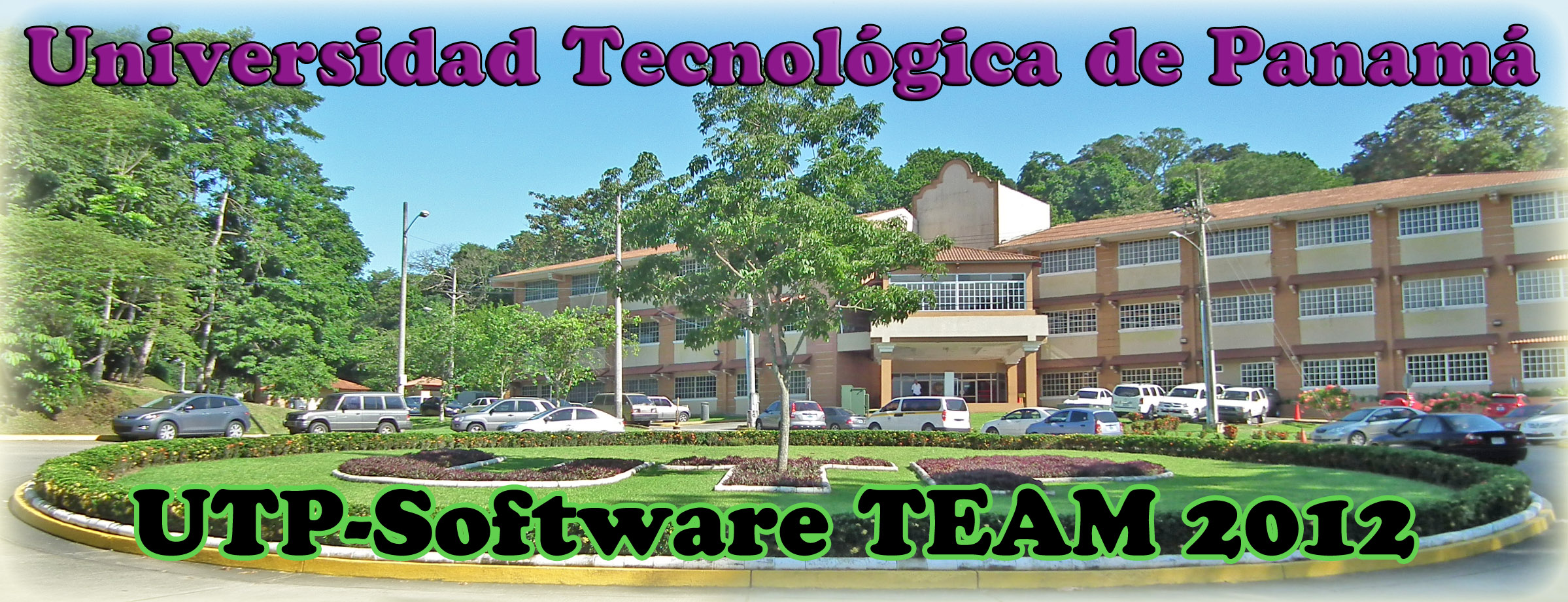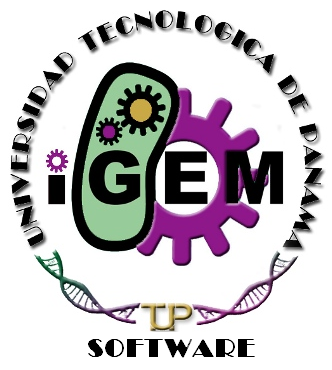Team:UTP-Software/SoftwareTool
From 2012.igem.org
(Difference between revisions)
(→Project Details) |
(→S2MT in detail) |
||
| Line 8: | Line 8: | ||
== Project Details == | == Project Details == | ||
==== S<sup>2</sup>MT in detail ==== | ==== S<sup>2</sup>MT in detail ==== | ||
| + | <div align="justify"><ul> | ||
| + | Our software was implemented using MATLAB because it gives the user plenty of tools that he may use after, to continue working with the desired DNA sequence. | ||
| + | |||
| + | The algorithm developed does three main things: | ||
| + | |||
| + | <li> First, the user introduces the DNA sequence or link to the BioBrick in the part registry. And the program scans the desired sequence to look for the restriction sites within the assembly standards that are used in the iGEM competition. </li> | ||
| + | <li> Then the user is prompt to specify in case of incompatibility with the standards, which RFC he would like to fix. Once selected, the program designs the primers required for the Site directed mutagenesis procedure that will allow the sequence to be compatible with the standard.</li> | ||
| + | <li> And last, if the program successfully created the required primer, it will print the sequence, giving the user the start position where that primer should be applied. </li> | ||
| + | In some cases, it’s impossible to fix some sequences, because based on the protocol, the output primer may not comply with the steps that are listed in the “Protocol Followed to design the primers” section. Meaning that another standard should be selected. </ul></div> | ||
| + | |||
==== Protocol Followed to design the primers:<sup>[1]</sup> ==== | ==== Protocol Followed to design the primers:<sup>[1]</sup> ==== | ||
<div align="justify"><ul> | <div align="justify"><ul> | ||
Revision as of 11:53, 26 September 2012
| Home | Team & Attributions | Project | S2MT | Tutorial | Biosinergia | Notebook | Human Practices | Safety | Sponsors |
|---|
 "
"

